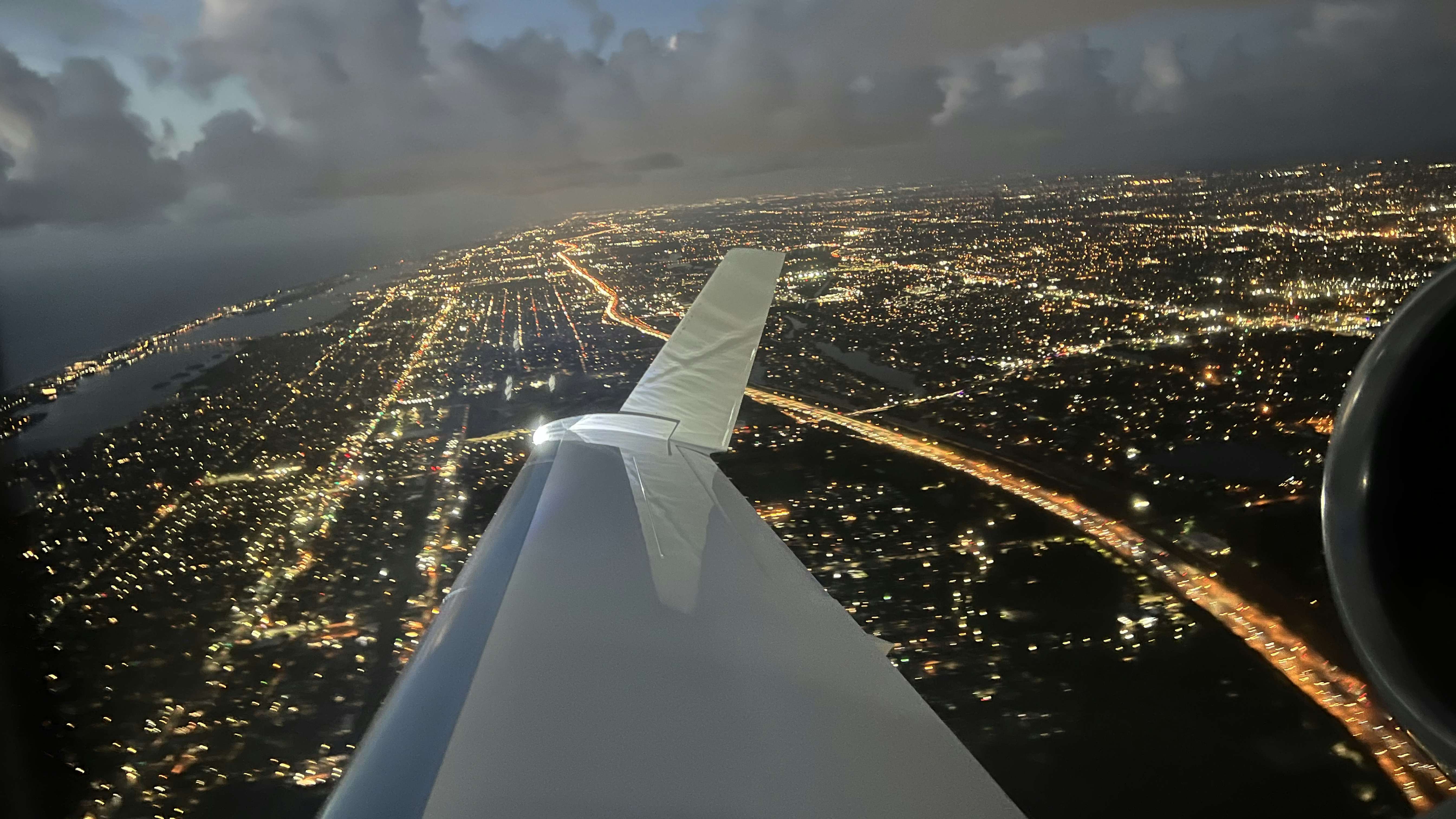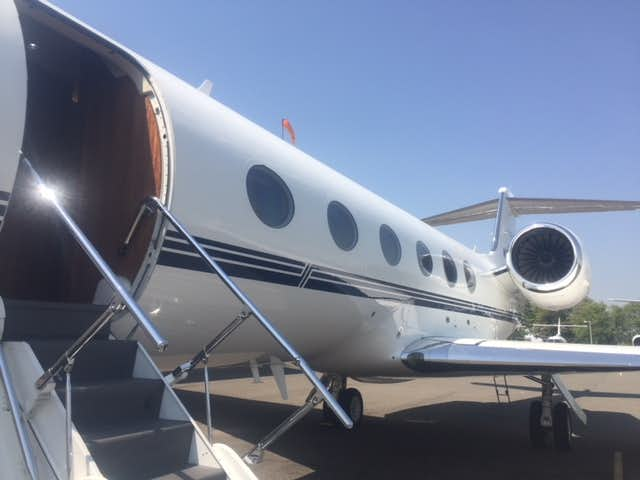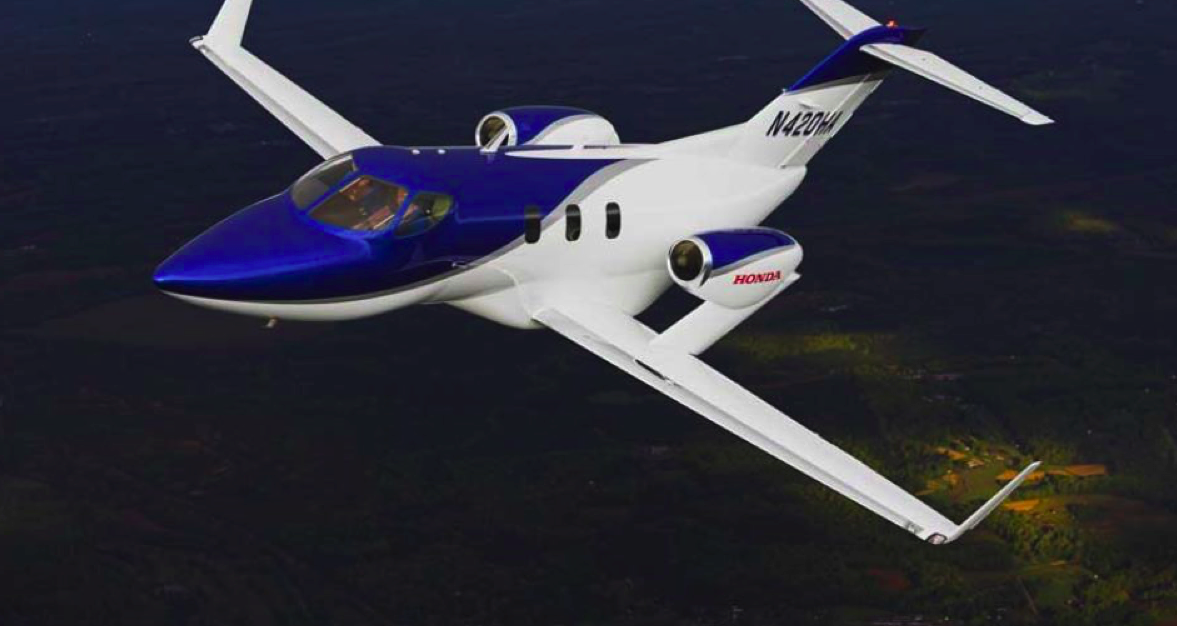

Jet cards eliminate the hassles and time it takes to plan on-demand charter flights, and even more, they provide service guarantees and the opportunity to lock in fixed rates and eliminate ferry fees. Still, figuring out which aircraft fit your flying needs can be tricky.
Beyond just the number of seats, the range can vary based on weather conditions and also passenger loads as well as luggage and the amount of fuel loaded. In terms of speed, maximum speed and maximum cruising speed are two different things. Since most jet cards bill based on flight time, a faster jet may mean paying for less flight time in addition to getting you there a bit sooner.

For taller passengers, cabin height can be important. Width and length and even shape impact how spacious the cabin will feel, something comparing cubic feet can help with. When it comes to baggage, there is both internal and external storage, and the latter doesn’t mean your bags will be strapped to the wings. The external storage means that compartment isn’t accessible from the passenger cabin, and while the internal storage is, there is a separate hatch or door so you don’t have to worry about having your luggage dragged through the passenger cabin. Still, the amount of space can vary significantly even with similarly sized jets.
To help you compare the over 150 private jet types you will find in various jet card programs Private Jet Card Comparisons has partnered with Conklin & de Decker, a JSSI company that is an aviation consultancy. Conklin focuses on fixed- and rotary- wing aircraft operating cost, performance and specification databases, maintenance management software, financial management, fleet planning, market research, aviation tax issues, financial, and tax issues that are vital when buying or selling aircraft. Conklin has provided for Private Jet Card Comparisons data about private jet performance relevant for jet card buyers.
Private jet comparisons are segmented by light, including very light jets (up to 20,000 pounds maximum takeoff weight), midsize jets, including super midsize jets (from 20,000 to 41,000 pounds), and large jets (over 41,000 pounds). In reviewing the data at the below links keep in mind, that some jets that are typically featured in the light category appear alongside midsize jets based on maximum takeoff weight. For example, the Citation Excel, which is typically in light jet programs is at 20,000 pounds maximum takeoff weight technically classified as a midsize jet, and appears with midsize jets in our comparisons.
Compare Large Cabin Jets by range
Compare Light Jets by baggage capacity
Compare Midsize Jets by baggage capacity
Compare Large Cabin Jets by baggage capacity
Compare Large Cabin Jets by speed
Compare Light Jets by cabin size
Compare Midsize Jets by cabin size